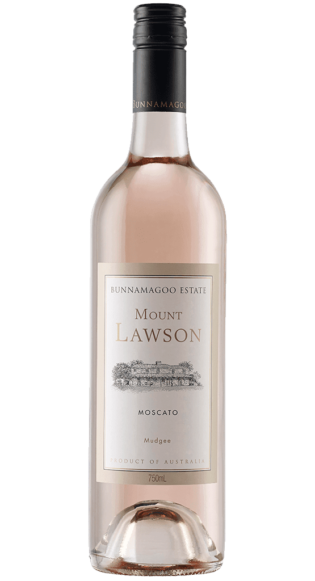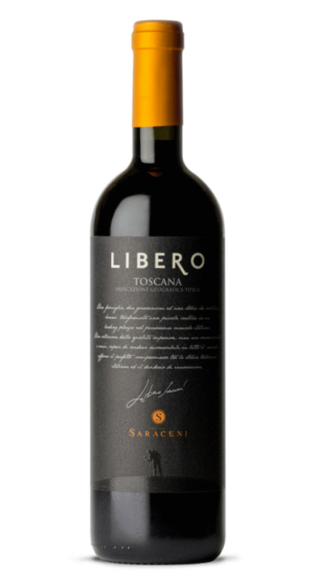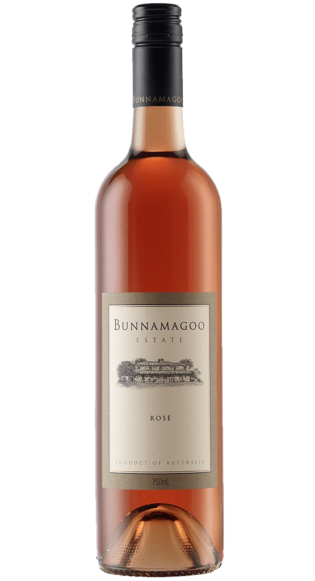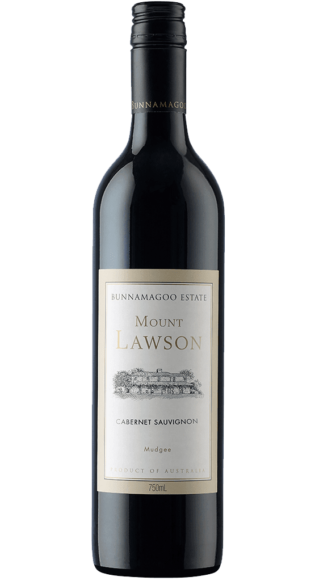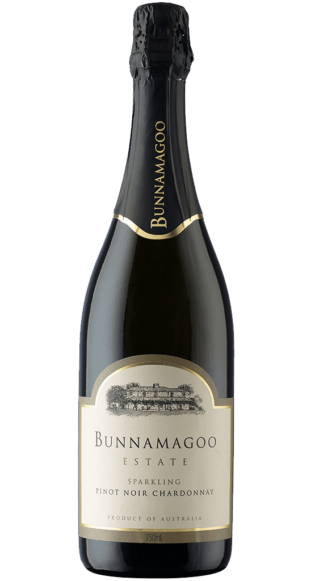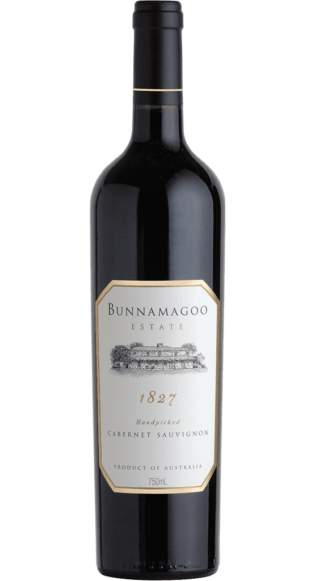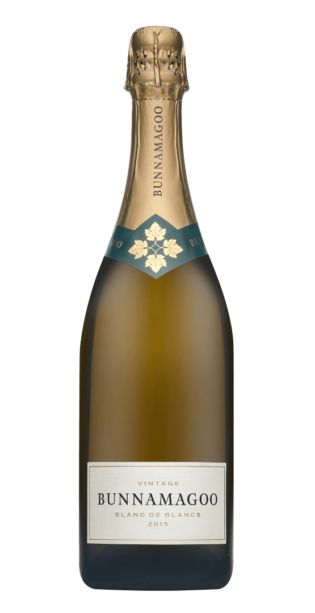A q u a f a r m i n g

Dive into a world where fish and plants waltz in perfect harmony! Aquaponics, a marvel of sustainable innovation, blurs the lines between land and sea, merging aquaculture and hydroponics into a vibrant ecosystem. Imagine verdant plants, their roots bathed in nutrient-rich water teeming with colorful fish. The fish waste, instead of waste, becomes plant fertilizer, while the plants filter the water, creating a closed-loop paradise. Sunlight dances through, nourishing both, fostering a natural symbiosis unlike any other. This isn’t just efficient, it’s a beacon of hope. Aquaponics uses less water than traditional farming, requires no soil, and yields bountiful harvests of both fresh fish and vegetables. Imagine urban rooftops transformed into miniature ecosystems, or sprawling landscapes dotted with vertical towers bursting with life. This isn’t just food production, it’s a revolution.
F i s h e r y
Fish farming, also known as aquaculture, is the practice of raising fish commercially in controlled environments like tanks, ponds, or pens. It’s a rapidly growing industry, providing nearly half the world’s consumed fish and offering a potential solution to overfishing in wild populations.
Types of fish farms:
- Freshwater Ponds
- Marine Net Pens
- Recirculating Aquaculture Systems (RAS)
P e a r l C u l t u r e
Pearl culture involves the controlled introduction of a nucleus (usually a bead made of shell or another material) into the mantle tissue of a living mollusk, typically oysters or mussels. This triggers the mollusk’s natural defense mechanism, which coats the nucleus with layers of nacre, the same substance that forms the inner lining of its shell. Over time, this nacre buildup creates a pearl – a precious gem born from a fascinating collaboration between human ingenuity and nature’s wonder.
Types of Pearl Culture:
- Akoya Cultured Pearls
- South Sea Cultured Pearls
- Freshwater Cultured Pearls



